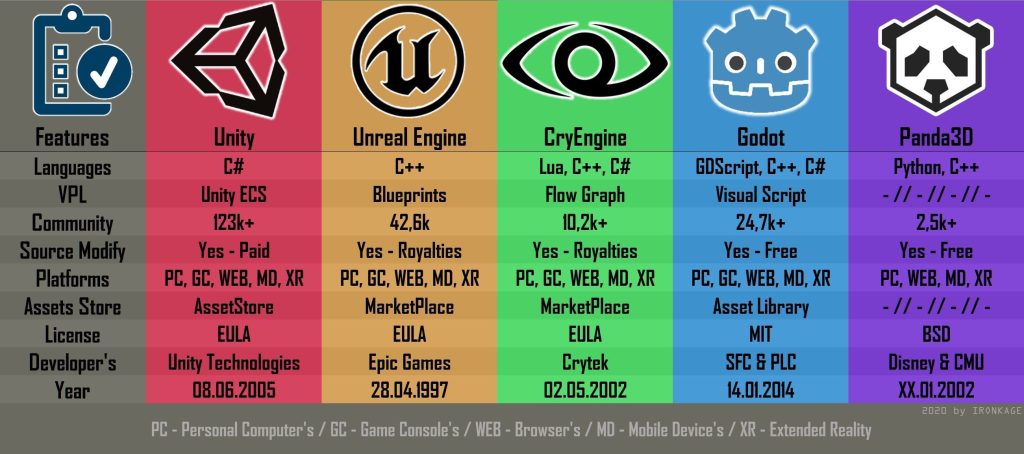
In recent years, the gaming industry has experienced a remarkable transformation with the rise of game streaming platforms. These platforms have revolutionized the way people consume and enjoy their favorite video games. With advancements in technology and the increasing popularity of online multiplayer games, game streaming platforms are becoming the go-to choice for gamers worldwide. Let’s delve into the history and evolution of these platforms, as well as the future they hold.
Early Beginnings: Tapping into the Potential
The inception of game streaming can be traced back to the early 2010s when several visionaries recognized the potential of live streaming gameplay. Platforms like Twitch and YouTube Gaming emerged, allowing gamers to broadcast their gameplay and interact with viewers in real-time. These early platforms provided an avenue for gamers to showcase their skills, connect with fellow enthusiasts, and build communities around specific games.
Initially, the technology behind game streaming was not without its limitations. The need for high-performance hardware, stable internet connections, and specialized software made it challenging for aspiring streamers to break into the scene. However, dedicated gamers started to invest in powerful gaming PCs and streaming equipment. As the number of streamers grew, so did the demand for more accessible and user-friendly game streaming platforms.
Mainstream Adoption: The Rise of Accessibility
The breakthrough for game streaming platforms came with the advent of cloud gaming services like Google Stadia, NVIDIA GeForce Now, and Microsoft’s Project xCloud. These services eliminated the need for expensive gaming hardware by allowing players to stream games directly to their devices. With cloud gaming, players could enjoy high-quality graphics and immersive gameplay on a wide range of platforms, including smartphones, tablets, and low-end PCs.
Moreover, these platforms introduced subscription-based models, providing gamers with access to a vast library of games for a fixed monthly fee. This accessibility, combined with the convenience of playing games anywhere, at any time, attracted a broader audience. Players no longer needed to invest in expensive consoles or upgrade their hardware regularly to enjoy the latest titles.
Game Streaming as Entertainment: The Emergence of eSports
The popularity of game streaming platforms took another big leap with the rise of eSports. Competitive gaming, once niche, has now become a global phenomenon. Esports events gather millions of viewers who tune in to watch professional gamers battling it out in their favorite games. The success of eSports owes a great deal to game streaming platforms, as they provide the infrastructure for players to broadcast their matches to a massive audience.
Streaming platforms have also contributed to the growth of content creators who specialize in gaming. Influencers, professional gamers, and commentators build their careers by streaming their gameplay, sharing tips, and engaging with their dedicated fan bases. This symbiotic relationship between streamers and platforms has created a mutually beneficial ecosystem that continues to thrive.
The Future Holds Infinite Possibilities
The future of game streaming platforms looks promising. With the introduction of cutting-edge technologies like 5G, gamers can expect reduced latency and a smoother streaming experience. As internet infrastructure continues to improve globally, game streaming will become even more accessible to a larger audience.
Cloud gaming services are expected to evolve further, integrating more features like cross-platform play and AI-driven matchmaking. As game developers and streaming platforms collaborate closely, we can anticipate more interactive experiences, with viewers directly influencing gameplay or participating in real-time events.
Additionally, virtual reality (VR) and augmented reality (AR) technologies hold immense potential for game streaming platforms. Imagine watching a live eSports match in VR, giving you a front-row seat to the action, or interacting with streamers and fellow viewers in an AR-enhanced streaming environment.
In conclusion, game streaming platforms have come a long way, transforming the way gamers experience and interact with video games. From humble beginnings to mainstream popularity, these platforms have successfully democratized gaming by making it accessible to a broader audience. With continuous advancements in technology and new possibilities on the horizon, game streaming platforms are set to redefine the future of gaming and entertainment as we know it.


